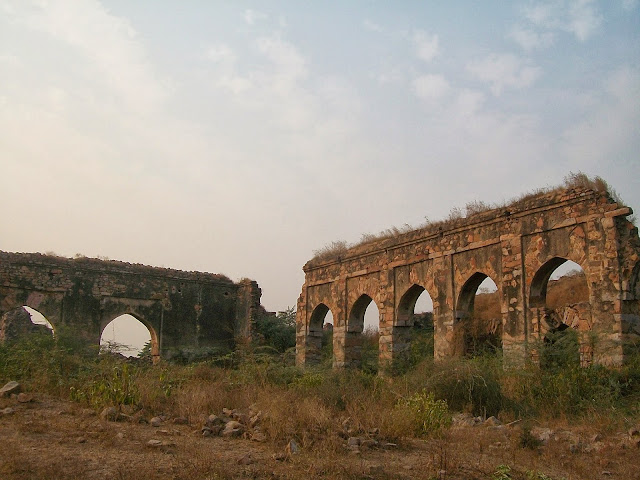In ancient India, Swayamvara was a form of marriage in which
the girl after attaining puberty chose her husband from among the assembled
suitors. This type of marriage was particularly prevalent among the kshatriyas,
the warrior and ruling class. Ancient law books lay down that in the case of parents
not been able to marry their daughters, they can choose their own husband.
Epic literature is full of instances which show that Swayamvara
marriage took place in good numbers in ancient times. Though this marriage by
choice used to be conducted at a chosen venue, sometimes other means were also
taken recourse to choose the partner. In order to find her soul mate, Princess Savitri
toured the country in chariot, until she found Satyavan, the son of a king
turned woodcutter.
In the longest narrative episode in the Mahabharata it
has been described how Princess Damayanti chose her husband Nala at a grand ceremony.
Nala , who has long parted from his wife, is reunited with her only when Damayanti
plans to hold a second Swayamvara.
While Princes Draupady was won by Arjuna, one of the five
Pandavas, Rama won the hands of Sita at a Swayamvara, at which she chose him
because he won the contest in which he was the only contestant who was able to lift
the Shivа Dhanushа (Lord Shiva's Bow).
Swayamvara marriage had been conducted in ancient India
as late as the 11th century. Vikramaditya VI (c. 1075- 1127), the
great Chalukyan king, is said to have won the hands of his brides by this method.


